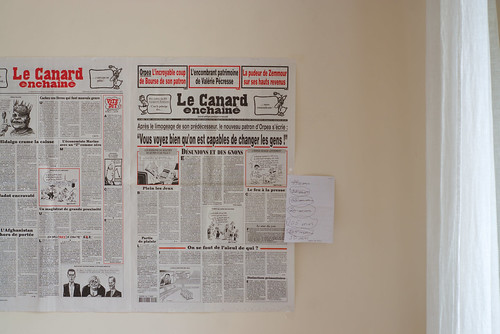I recently groused about how slow I was to realize that field curvature that I'd observed in an otherwise beautiful Nikon Nikkor 24mm f/2.8 Ai was the fault of the Lens Turbo II focal length reducer and not the Nikkor lens.
Once I worked through more than a few "DUH!!!! How stupid can I be?" moments, I thought I'd confirm my updated understanding and have a careful look at several lenses of various focal lengths to see how the Lens Turbo worked.
I'll begin by looking at a well-used Nikon Nikkor-UD 20mm f/3.5 pre-Ai objective and in future blog posts work my way up to 105mm's.
Setup -
- Sony A7 with straight-thru adapter - ISO100, 2 second timer, in-camera levels used to square the whole plot up
- Sony A6000 with Lens Turbo II focal reducer - ISO100, 2 second timer
- Manfrotto tripod - it's capable of securing an 8x10inch view camera, so it's sturdy enough for this
- Nikon Nikkor-UD 20mm f/3.5 pre-Ai - shot at two f-stops - f/3.5 and f/8
- Rawtherapee RAW to jpg conversion - Auto-Match function (no "Capture Sharpen")
Comparison -
Here is the scene setup. As you can see, I moved away from using the apartment scrims (curtains) to shooting a copy of le Canard Enchaine' tapped to a flat wall. I'm looking more carefully at field flatness, right? Even given the all-too-often shoddy work standards around Paris, this wall is sufficiently flat for my purposes.

[As always, click on the image and look at it to 100percent file size to see whatever there is to be seen.]
Comments -
The Nikon Nikkor-UD 20mm f/3.5 pre-Ai looks sharp in the center wide open and at f/8 on both the A6000 APS-C with Lens Turbo II and the Sony A7 full frame cameras.
Checking the extreme lower left corner of the scene, however, reveals that the Sony A6000 with Lens Turbo II focal reducer does introduce a focus shift. The corners at f/8 don't "clean up" as well as they do on the Sony A7.
The induced field curvature "feels" minor in this setup. I'm not sure how obvious the induced field curvature would be in "real life", but based on years of using Lens Turbo II adapters I doubt there would be much of a problem.

No comments:
Post a Comment